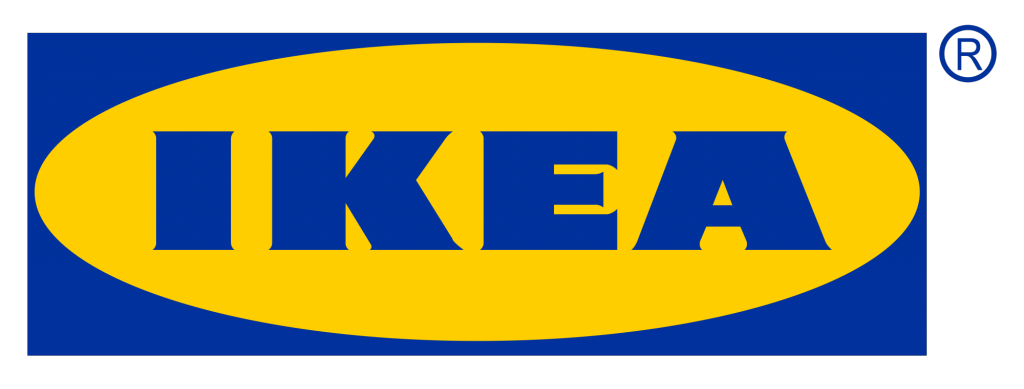7. Identifying a Startup Idea - Part II (5 min.)
Here are a couple of potential sources to help get you started on identifying a startup idea:
1) An idea may come when you get deeply involved with an industry. For example, Ingvar Kamprad, who founded IKEA, spent years selling furniture before the day when, during a photo shoot, he and his partners asked themselves why they shipped tables with the legs on. And Voilà! The flat-pack furniture concept, which revolutionized furniture delivery was born. Granted, you're not Ingvar Kamprad just yet. But perhaps there areas of expertise (e.g., sports, hobbies, etc.) or industries with which you are very familiar that could yield interesting ideas.
2) Ideas can also come because you are an outsider and can bring a fresh, new perspective. This was the case with Charles Schwab, who applied a supermarket analogy to the mutual fund industry to create a market for mutual funds - an innovation that changed the industry and earned Schwab billions. Perhaps you could insert yourself into an industry or a hobby about which you know little and then bring your own unique perspective to it.
3) Ideas can also come from purposefully throwing together different concepts and knowledge. For example, the design firm IDEO uses physical artifacts to recombine old ideas to create new ones. Team members might use props, like bicycle parts or Japanese toys, and try to apply these ideas to products such as skin staplers and computer monitors.
4) Ideas can be found lying around that can be picked up and applied to a market problem. These include ideas that can be licensed from companies or universities, inventions from other industries or geographies that can be applied in a new market, old ideas that can be applied in new ways, and many other sources. Perhaps there are local universities or research-oriented organizations who own patents of interesting ideas, but for some reason or another have not spent the resources to discover whether the idea is marketable.
Of course, there are many more ways to generate ideas. We encourage you to explore many different sources and settle on one that will be interesting to study in the coming weeks and months.




